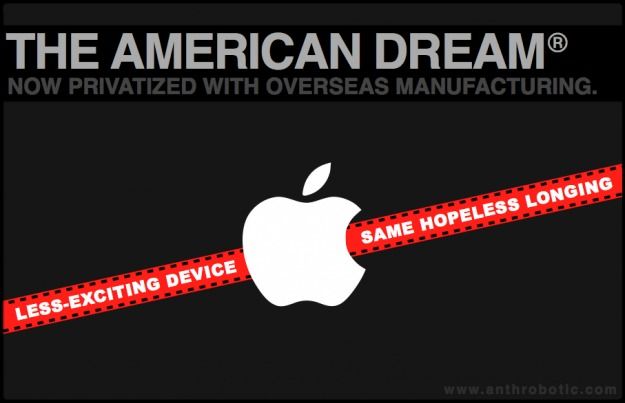Oct 14, 2012
The Kline Directive: Economic Viability
Posted by Benjamin T. Solomon in categories: business, complex systems, defense, economics, education, engineering, finance, military, nuclear weapons, philosophy, physics, policy, scientific freedom, space, sustainability
To achieve interstellar travel, the Kline Directive instructs us to be bold, to explore what others have not, to seek what others will not, to change what others dare not. To extend the boundaries of our knowledge, to advocate new methods, techniques and research, to sponsor change not status quo, on 5 fronts:
1. Legal Standing. 2. Safety Awareness. 3. Economic Viability. 4. Theoretical-Empirical Relationship. 5. Technological Feasibility.
Interstellar Challenge Matrix (Partial Matrix)
| Propulsion Mechanism | Legal? | Costs Estimates |
| Conventional Fuel Rockets: | Yes | Greater than US$1.19E+14 |
| Antimatter Propulsion: | Do Not Know. | Between US$1.25E+20 and US$6.25E+21 |
| Atomic Bomb Pulse Detonation: | Illegal. This technology was illegal as of 1963 per Partial Test Ban Treaty | Between $2.6E12 and $25.6E12 . These are Project Orion original costs converted back to 2012 dollar. Requires anywhere between 300,000 and 30,000,000 bombs!! |
| Time Travel: | Do Not Know. | Requires Exotic Matter, therefore greater than antimatter propulsion costs of US$1.25E+20 |
| Quantum Foam Based Propulsion: | Do Not Know. | Requires Exotic Matter, therefore greater than antimatter propulsion costs of US$1.25E+20 |
| Small Black Hole Propulsion: | Most Probably Illegal in the Future | Using CERN to estimate. At least US$9E+9 per annual budget. CERN was founded 58 years ago in 1954. Therefore a guestimate of the total expenditure required to reach its current technological standing is US$1.4E11. |
Note Atomic Bomb numbers were updated on 10/18/2012 after Robert Steinhaus commented that costs estimates “are excessively high and unrealistic”. I researched the topic and found Project Orion details the costs, of $2.6E12 to $25.6E12, which are worse than my estimates.
Continue reading “The Kline Directive: Economic Viability” »








